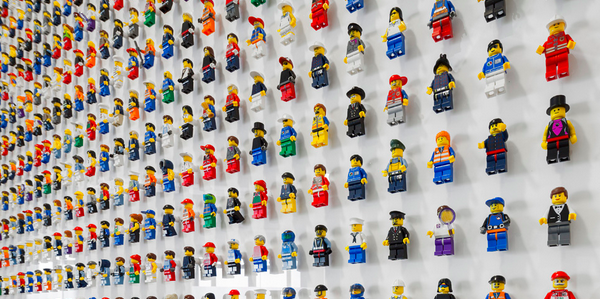
from Lego mini-figures tumblr
Lot’s going on in the creative industries with regards to how we/it works. Reflecting over what’s been taken for granted, what’s been simple for a client to buy (the unfortunate dominance of project over process). How might we make it work better?
A few good reads on the subject:
collaborative innovation, by Saher Sidhom, running and exploring things at Forge, at AMV/BBDO London, from planner.se
A series in Fast Co.Design on ideation, team collaboration, methods and prototyping at Google Ventures. Always sexy to peak inside of that place.
P1. Conducting your own Google Venture design sprint
P2. 6 ingredients to run a design sprint
P3. Building team understanding
P4. 8 steps to creating story boards
P5. Deciding what ideas to prototype
P6. Lightning fast digital prototype
P7. Testing ideas with rapid-fire user study
By Jake Knapp, designer and product development expert at Google Ventures
This thinking about better processes, methods and skill-sets in order to create better ideas, whatever creative industry you’re in, differ. But the common reason for it is about new technologies, speed, transparency, connectivity and a better general understanding of how creativity works.
To me, personally having worked with strategy and ideation in brand communications (indexing quite high), application development and utility/service design, there are a few things that are so very general that it’s pretty obvious that all creative industries will benefit from looking into it. And doing that is so very easy.
Diversity – something many, probably an absolute majority, are crap at. More perspectives will generate more interesting perspectives and reflections. Why is it not a rule to involve outside brains? Easily fixed. Who doesn’t want to get to know more interesting people?
Plan for iteration – things don’t end up the way you want just when you want it. Fact. In a client relationship, a bit tricky to just change, I know, but it can be done. Go from preparing a client to see/hear what solution we have, to preparing them to meet 4 times expected to input on a load of possible solutions. Takes more time, perhaps. Yields better end result, most likely. Demands another remuneration model for many – so fix it. Demands new processes for ideation – shitloads are out there to use. Will mean you see less of some individuals cracking THE solution – yes, those people will be dangerous in more collaborative processes.
Lose the ego – probably the hardest part, see dangerous people in previously (and present) individualist focused industries. Rethink incentives and goals from individual to group. There are professionals that know shitloads about that subject, how to foster collectivistic energy, pride etc. If you haven’t talked to one, you haven’t even taken the first step in even trying.
You could go on of course. But these 3 are sooo very general that there’s not even a question of doing it or not. It’s ridiculous. As they say; “Just do it”.
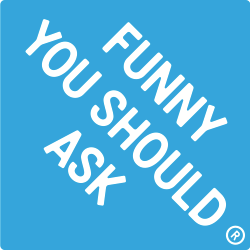

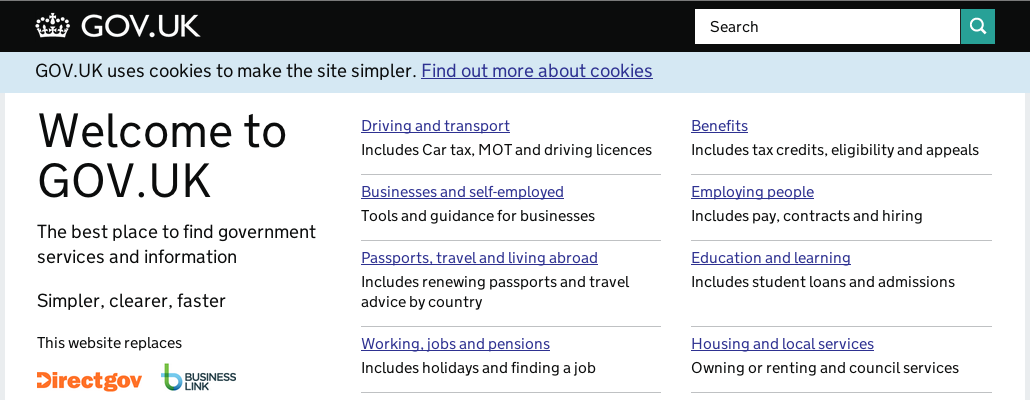
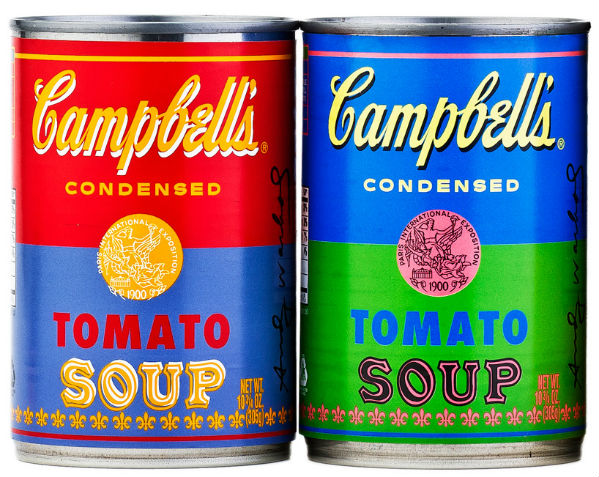
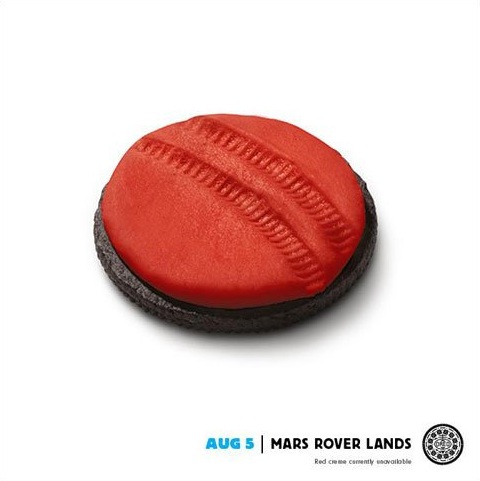
 t’s creativity award times and the best advertising (although the advertising part was dropped from the award description this year – thank you) is being scrutinized down in Cannes. There are many different points of views on creativity but I think there’s only two sides and one is wrong. If awards is the end you’re aiming for – you’re way off. If you view it as a good gauging tool for the business effects you tried to achieve – no worries.
t’s creativity award times and the best advertising (although the advertising part was dropped from the award description this year – thank you) is being scrutinized down in Cannes. There are many different points of views on creativity but I think there’s only two sides and one is wrong. If awards is the end you’re aiming for – you’re way off. If you view it as a good gauging tool for the business effects you tried to achieve – no worries. 